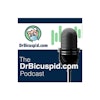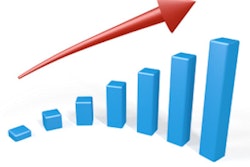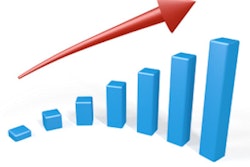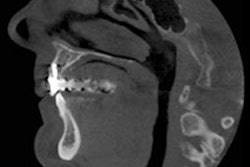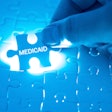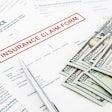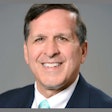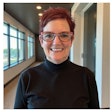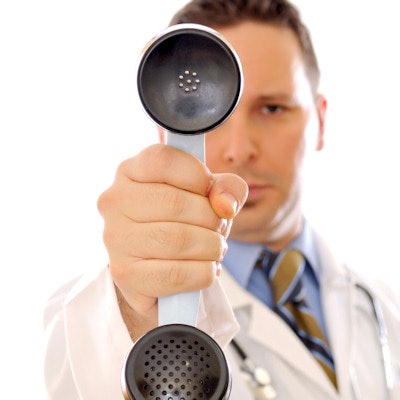
Patient recall is considered one of the lifeblood statistics for every dental practice, but do you know how your practice stacks up against the national average?
To unearth these numbers, we extracted data from Sikka Software that has been collected from more than 12,500 U.S. dental practices since 2010 until the end of 2016. The Code on Dental Procedures and Nomenclature (CDT) codes involved included the following:
- D0120: Periodic oral evaluation -- established patient
- D0150: Comprehensive oral evaluation -- new or established patient
We took the number of recalls (patients who had CDT code D0120 or D0120.1 procedures in a given month) and divided them by the recall potential (the number of patients who had CDT code D0120 or D0150 procedures in the last six months, excluding the current month). Then that number was multiplied by 100 to give an accurate percentage.
Increasing percentage
According to the data, rates are increasing. It's worth mentioning that even in the recent year with the lowest recall rate, the rate still rounded to 90%.
| U.S. recall percentage 2011-2016 | ||||||
| 2010 | 2011 | 2012 | 2013 | 2014 | 2015 | 2016 |
| 89.59% | 89.98% | 90.00% | 89.88% | 89.77% | 90.57% | 91.28% |
While the numbers are very close over the last seven years, it's a good sign that the highest numbers have come over the last two years with 2016 being the high-water mark.
Will the increases continue?
Kim Stevens, RDH, MBA, of the Mid-West Institute of Orofacial Myology believes that the economic recession of 2008 played a big role in setting the stage for the growing numbers seen in years since then.
“Practices either grow or fail; they do not coast.”
"Since the economy fell apart in 2008, practice management and consulting for dental practices seemed to explode onto the scene," Stevens said. "Dental hygiene became a business department within dental practices. It was 'shape up or ship out' conditions. People quickly learned the hygiene department feeds the practice and if it is not tended to properly the practice will fail. Practices either grow or fail; they do not coast."
The new way of looking at a practice as a business opened the door for new technology to come into the dental industry as well, Stevens added.
"Companies like RevenueWell, Solutionreach, Lighthouse 360, and others are now very widely utilized for the purposes of keeping up on recalls and appointment confirmations," she said.
With technology available to help practices, Stevens and other experts believes that recall numbers will continue to climb. However, economic issues like what happened a decade ago could set things back to lower levels.
Practice tip
So what do dental practices need to do to insulate themselves against their numbers slipping?
The first step for a practice is to learn what your practice's recall numbers are and see if the numbers for certain demographic areas of your patient base are more problematic than others.
Then see if technology could help boost your recall rates while taking some of the stress off your current team members. Finally, many practices then conduct an internal survey of their patients to see if there is a reason why those who aren't coming back to the practice are staying away. It might be a great chance to discover a problem you didn't even know you had.
Alitta Boechler is the director of digital marketing at Sikka Software. You can contact her at [email protected]. Practice Mobilizer is a free app that lets dentists send HIPAA-compliant video messages, tracks patient arrival times, provides ZIP code-specific fee data, and more. Dentists can check out store.sikkasoft.com or the mobile app at www.practicemobilizer.com.
Please note that the data should be used for comparison only.
The companies mentioned by Stevens are for reference only. She does not represent or have a stake in the companies mentioned.
The comments and observations expressed herein do not necessarily reflect the opinions of DrBicuspid.com, nor should they be construed as an endorsement or admonishment of any particular idea, vendor, or organization.
